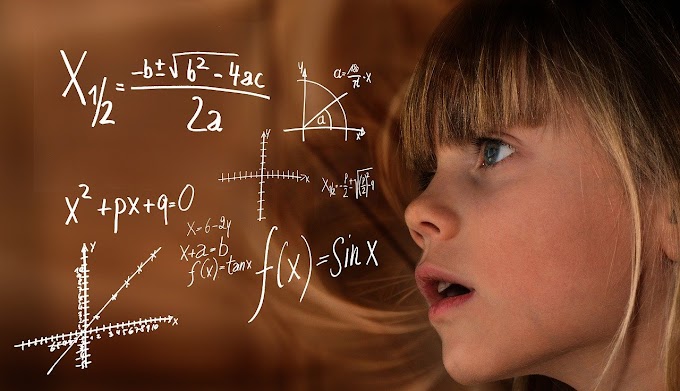The cyclotron:
In
the physics experiment (motion of charged particle) it observed that, a particle
whose initial velocity has no component normal to a uniform magnetic field will
continue to move with constant speed along the lines of flux. And this
principle is first employed by Lawrence and Livingstone to develop an apparatus
called magnetic resonator or cyclotron. This is a device that imparts very high
energies to positive ions. These high energy positive ions are then allowed to
bombard some substances, which become radioactive and generally disintegrate. Because
of this, the cyclotron has popularly become known as atom smasher.
Working Principle:
The basic principle upon which the cyclotron operates are best understood with the figure shown below. The essential elements are the ‘dees’, the two halves of a shallow, hollow, metallic ‘pillbox’ which has been split along a diameter as shown; a strong magnetic field which is parallel to the axis of the dees; and a high frequency ac potential applied to the dees.
 |
| Working principle of the cyclotron |
A moving positive ion released near the center of the dees will be accelerated in a semicircle by the action of the magnetic field and will reappear at point 1 at the edge of dee I. assume that dee II is negative at this instant with respect to dee I. then the ion will be accelerated from point 1 to point 2 across the gap, and will gain an amount of energy corresponding to the potential difference between these two points. Once the ion passes inside the metal dee II, the electric field is zero, and the magnetic field causes it to move in the semicircle from point 2 to point 3. If the frequency of the applied ac potential is such that the potential has reversed in the time necessary for the ion to go from point 2 to point 3, then dee I is now negative with respect to dee II, and the ion will accelerated across the gap from point 3 to point 4. With the frequency of the accelerating voltage properly adjusted to this “resonance” value, the ion continues to receive pulses of energy corresponding to this difference of potential again and again.
Thus, after each half revolution, the ion gains energy from electric field, resulting, of course in an increasing velocity. The radius of each semicircle is then larger than the preceding one, in accordance with relation R = mv/eB, the path described by whirling ion will approximate a planar spiral.
Follow us @ Facebook : Advanced Tech World
Like & Share on Facebook



